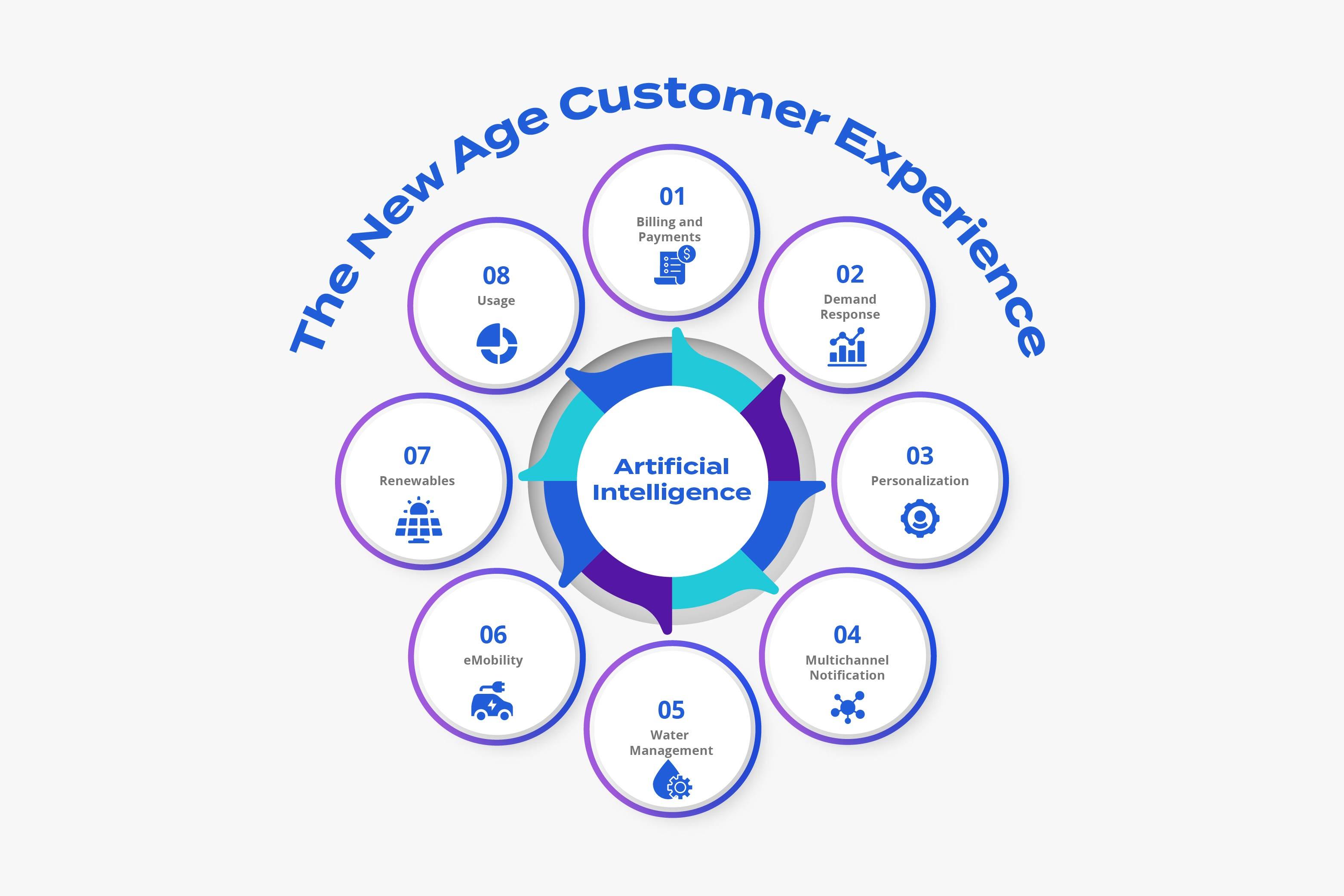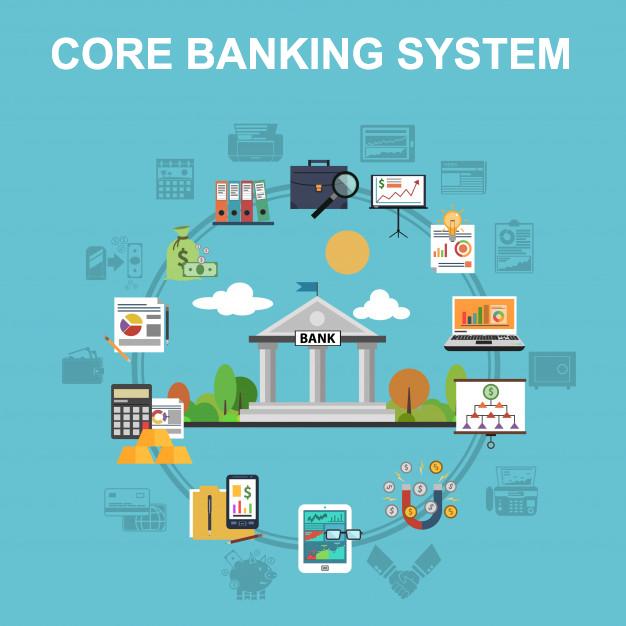In the ever-evolving landscape of modern finance, core banking systems have long been the bedrock of operations for banks and financial institutions. Yet, many of these systems are anchored in legacy code—complex, outdated programming languages that can hinder innovation. Enter generative AI, a transformative technology that promises to breathe new life into these foundational systems. As financial institutions grapple with the dual challenge of maintaining robust legacy infrastructures while seeking to innovate and stay competitive, the intersection of generative AI and core banking presents an unparalleled opportunity. This article delves into how generative AI can effectively transcend the limitations of legacy code, paving the way for a new era of efficiency, functionality, and agility within the banking sector. Join us as we explore the implications, challenges, and revolutionary potential of this powerful convergence.
Transforming Legacy Systems with Generative AI Insights
Generative AI holds the potential to breathe new life into aging legacy systems, particularly in core banking, where maintaining operational efficiency while ensuring compliance is paramount. By leveraging AI’s ability to analyze patterns and make intelligent predictions, organizations can extract valuable insights from their existing systems. This transformation can lead to a host of benefits, including:
- Enhanced Decision-Making: AI-driven analytics can guide financial institutions in understanding customer behaviors and preferences.
- Process Automation: Automation of repetitive tasks allows teams to focus on more strategic initiatives.
- Seamless Integration: Generative AI can be utilized to create APIs that allow legacy systems to communicate with modern technologies.
The synergy of generative AI and legacy code not only improves system responsiveness but also enhances user experience. As banks adapt to customer expectations for personalized services and quick transactions, integrating AI can empower them to modernize their platforms without the need for complete system overhauls. Consider the following table illustrating the potential improvements generative AI can bring to legacy core banking systems:
| Aspect | Legacy System Limitation | Generative AI Enhancement |
|---|---|---|
| Data Processing | Slow and cumbersome | Real-time analytics |
| Customer Service | Manual interventions | AI chatbots for support |
| Compliance | Resource-intensive | Automated reporting |

Bridging the Gap: Integrating AI into Existing Banking Frameworks
Old banking systems often comprise layers of legacy code that have evolved over decades, creating a complex environment resistant to rapid change. Integrating AI into these frameworks requires a careful approach to ensure compatibility and functionality without overwhelming the existing architecture. By adopting modular AI components, institutions can introduce innovative technologies that enhance customer service, streamline operations, and improve decision-making processes. For instance, the use of AI-driven chatbots can relieve pressure on customer service teams while still leveraging the foundational systems in place. This gradual integration allows banks to maintain operational stability while also pursuing cutting-edge advancements.
Additionally, collaboration between IT teams and financial analysts is crucial for successful AI implementation. To facilitate this, banks can utilize cross-functional teams that combine skills from both areas. The identification of key performance metrics should guide the AI tool’s development, ensuring that tailored solutions are created to meet specific operational needs. Here’s a quick look at essential roles and contributions in the transition process:
| Role | Contribution |
|---|---|
| Data Scientists | Develop AI models based on historical data insights |
| Software Engineers | Integrate AI capabilities with legacy systems |
| Business Analysts | Identify needs and define metrics for success |
| Compliance Officers | Ensure AI tools meet regulatory standards |

Enhancing Customer Experience through AI-Driven Solutions
In today’s rapidly evolving financial landscape, leveraging AI-driven solutions is essential for banks looking to enhance how they interact with customers. By integrating generative AI with legacy systems, financial institutions can offer personalized experiences that cater to individual needs. This transformation allows for:
- Real-time Customer Insights: AI algorithms can analyze customer data to provide timely recommendations and tailored services.
- Chatbot Integration: Intelligent chatbots enhance customer service by providing 24/7 assistance, resolving queries instantly.
- Automated Processes: Routine tasks, such as account inquiries and transaction tracking, can be automated, freeing up valuable human resources.
Moreover, the fusion of generative AI with existing banking frameworks enables institutions to redefine customer engagement. By utilizing sophisticated data analytics, banks can proactively identify trends and predict future needs, ensuring they remain ahead of the curve. Consider the following comparisons to understand the benefits better:
| Feature | Traditional Approach | AI-Driven Approach |
|---|---|---|
| Customer Support | Limited hours, human dependence | 24/7 availability, instant responses |
| Data Analysis | Manual, time-intensive | Automated, real-time insights |
| Service Customization | Standardized offerings | Personalized services based on behavior |

Strategic Roadmap for Transitioning to AI-Powered Banking Architectures
Transitioning to AI-powered banking architectures involves a comprehensive and thoughtful strategy that addresses the integration of legacy systems while maximizing the potential of generative AI. To embark on this journey, institutions should consider the following key initiatives:
- Assessment of Current Infrastructure: Conduct a thorough evaluation of existing systems to identify bottlenecks and integration points.
- Defining AI Objectives: Establish clear goals for what AI will achieve, whether optimizing customer experience, enhancing risk management, or improving operational efficiency.
- Incremental Integration: Rather than a complete overhaul, implement AI solutions progressively, allowing for testing and adjustment.
- Skilling the Workforce: Invest in training programs to ensure employees are equipped to work alongside AI technologies.
- Compliance and Security: Ensure all AI implementations adhere to regulatory standards and prioritize data protection measures.
Furthermore, it is essential to develop a robust feedback loop that informs ongoing enhancements and optimizations of AI applications. Regular evaluation can be facilitated through structured reporting mechanisms, which can help capture performance metrics and user experiences. A straightforward overview of potential AI KPIs might include:
| Metric | Description |
|---|---|
| Customer Satisfaction Score | Measures customer perceptions post-interaction with AI tools. |
| Transaction Speed | Average time taken to complete transactions with AI assistance. |
| False Positives in Fraud Detection | Percentage of incorrect alerts generated by AI systems. |
| Employee Adoption Rate | Percentage of staff utilizing AI solutions in their workflows. |
Final Thoughts
As we stand on the precipice of a digital transformation in the banking sector, the integration of generative AI with legacy systems provides an intriguing glimpse into the future of financial services. The potential to enhance efficiency, personalize customer experiences, and streamline operations heralds a new era where traditional banking practices can coexist harmoniously with cutting-edge technology. By embracing this innovative approach, banks not only position themselves to meet the evolving demands of customers but also set the stage for a sustainable and agile financial ecosystem.
As we navigate the complexities of this revolutionary shift, it is essential to remain mindful of the balance between innovation and the foundational systems that have long supported our banking infrastructure. This journey is not just about replacing the old with the new; instead, it is about fostering a collaborative environment where legacy code and generative AI can thrive together. As we look ahead, the synergy created by this partnership could very well redefine our understanding of banking, making it more responsive, efficient, and ultimately, more human-centered.
The question now is not whether to embrace this change, but how effectively we can leverage these advancements to create value for all stakeholders involved. As the industry moves forward, the potential for betterment is vast—let’s harness it wisely.
